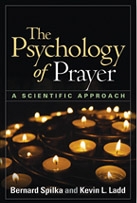 Being a Professor at a Research University involves balancing many different identities. We are teachers, researchers, committee members, administrators, writers, and editors. Thus, I am used to balancing many different identities and I generally like doing so. I have a small attention span, so a job in which I get to move from one task and identity to another with regularity suits me well.
Being a Professor at a Research University involves balancing many different identities. We are teachers, researchers, committee members, administrators, writers, and editors. Thus, I am used to balancing many different identities and I generally like doing so. I have a small attention span, so a job in which I get to move from one task and identity to another with regularity suits me well.
As with most people in our society, my life also includes many non-job related identities. For example, I am a mother, a wife, a friend, a PTA member, an advocate for my village, and a fan of live music.
As an Experimental Social Psychologist, I sometimes find my other, non-professional, identities slipping into and altering my scholarship. Experimental Social Psychologists are interested in understanding the psychology of human interaction by examining snapshots of it inside the laboratory and, sometimes, even out in the world. We study things like prejudice, romantic relationships, friendship, helping behavior, aggression, and attitudes. We see humans as fundamentally social and want to understand how relationships impact our lives and how we impact others’ lives. As you might imagine, this is a topic of study that is frequently affected by one’s own experiences. Thus, my love of reading informed my work on narratives and social connection; my close friendships informed my work on friendship and the self-concept; and even my love of macaroni and cheese wormed its way into my research on comfort food and well-being.
One area that I always assumed would remain separate from my identity as a researcher was my identity as a person of faith. After all, my research laboratory is about finding a question and then reducing it to its parts so that I can manipulate it, measure it, quantify it, and understand it. Faith is about keeping things whole, about not knowing all the answers, and about appreciating the grace and peace of something that is too big to be divided, counted, and understood.
But, once again, I have been proven wrong. Due, initially, to the interest of a graduate student, my research laboratory has been exploring issues of faith for the last few years. We are interested in understanding the psychology of connecting to God. How do people experience their connection with the divine? How do they feel God’s presence in their lives in direct and indirect ways? These are big questions, to be sure, but we feel that we can gain some insight into them using the tools we have as Experimental Social Psychologists. So far, this work has been interesting, rewarding, humbling, sometimes confusing, and generally a great deal of fun. However, the merging of identities has been harder for me. As one might imagine, not everyone in the experimental sciences is very welcoming to the inclusion of faith and not everyone in the faith-based community is very welcoming to the experimental study of faith. And by “not everyone,” I mean not most people. And by “not very welcoming,” I mean horrified. Nonetheless, we continue in our small way. My goal is to use this space to share with you some of the work we are doing, how we do our work, what we have been finding, and the various challenges that arise when mixing science and religion. My hope is that people will come to understand that we don’t want to degrade science and we don’t want to debase faith.
At the very least, I get to add Blogger to my list of identities.
 Whenever someone says to me that they believe in a higher power, I squirm inwardly. Why should this be so? Am I not post-secular enough to respect such a general invocation for its potential individual substance?
Whenever someone says to me that they believe in a higher power, I squirm inwardly. Why should this be so? Am I not post-secular enough to respect such a general invocation for its potential individual substance?



 This past April,
This past April, 

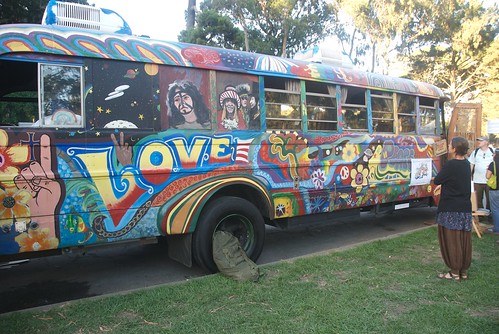

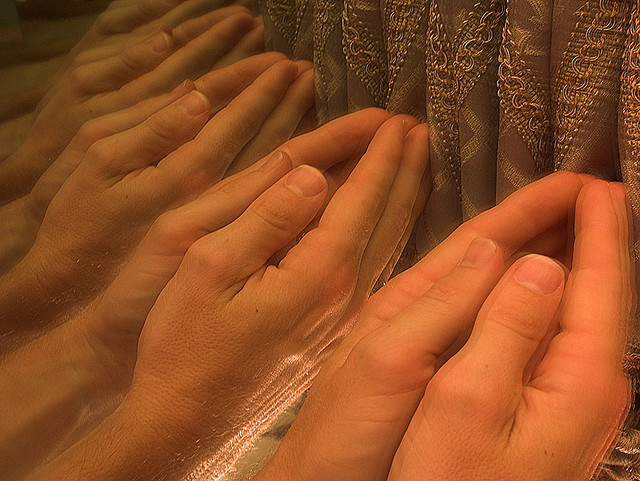
 I will share preliminary findings from my research on the spiritual lives of the religiously unaffiliated—Nones—at the
I will share preliminary findings from my research on the spiritual lives of the religiously unaffiliated—Nones—at the  During my fieldwork in Lyon, France, and its working-class urban periphery, I heard a refrain among Muslims and non-Muslims alike about the “superficiality” of reformist (in this case, Salafist) concerns: among others, their concern over the details of prayer, from body positioning to length of time spent in prayer. I eventually lost track of how many times I heard this common sentiment, and over time, I learned the deep inaccuracy of this view. This isn’t particularly surprising, given the global (mis)perceptions of reformist movements as both troubling and homogenous. I use “reformism” here as employed by
During my fieldwork in Lyon, France, and its working-class urban periphery, I heard a refrain among Muslims and non-Muslims alike about the “superficiality” of reformist (in this case, Salafist) concerns: among others, their concern over the details of prayer, from body positioning to length of time spent in prayer. I eventually lost track of how many times I heard this common sentiment, and over time, I learned the deep inaccuracy of this view. This isn’t particularly surprising, given the global (mis)perceptions of reformist movements as both troubling and homogenous. I use “reformism” here as employed by 


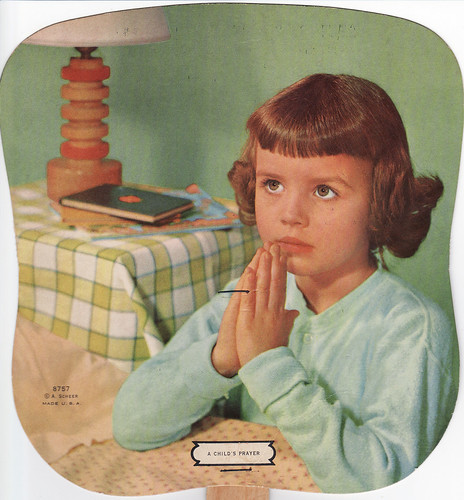
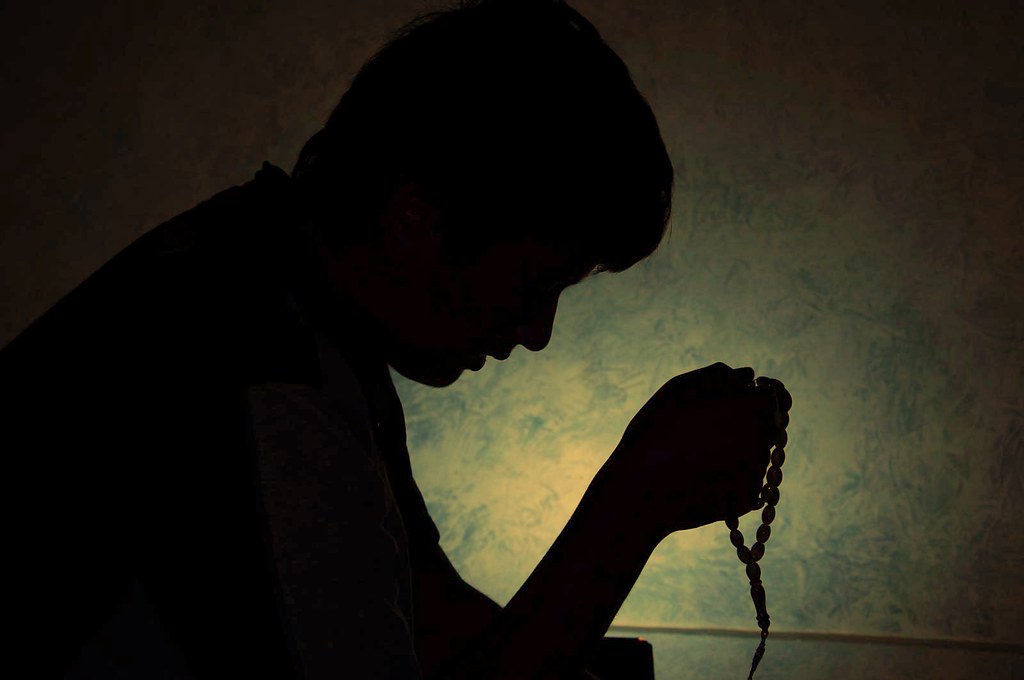

 Kaippatta is located on a hilltop near Mallappally, a tiny town in central Kerala. An aerial view from Kaippata displays the many nearby churches belonging to different Christian denominations. However, the church we were to visit has a unique story to tell. It was in this hilly village that on September 8, 1854, Habel (or a slave named Thaivathan) embraced Christianity in faith and belief.
Kaippatta is located on a hilltop near Mallappally, a tiny town in central Kerala. An aerial view from Kaippata displays the many nearby churches belonging to different Christian denominations. However, the church we were to visit has a unique story to tell. It was in this hilly village that on September 8, 1854, Habel (or a slave named Thaivathan) embraced Christianity in faith and belief.







 On 23 December 2012 we visited the Mother Goddess Shrine adjunct to the Great Kneeling Elephant temple, one of the four spiritual gates of the ancient citadel in Hanoi, in the company of Mr. Thien, a successful businessman and chairman of a group doing research on what they called “telepathy.” He had arranged for me to see some spirit mediums who would try to contact the spirits of my deceased family members. For that to be possible I had to send him by email beforehand the names of my father, mother, and brother, as well as the places where they were born and where they had been cremated. Such information was used by the telepaths to apply for a “spiritual visa” in order for the spirits to enter Vietnam. When we arrived in the temple in the early morning there was a group of around twenty people waiting. They invited us inside the temple and began to sing a song of praise of the gods present in the temple and, notably, a patriotic poem on the ancient history of Vietnam, to which the temple was connected. The gods in the temple were regarded as the fathers and mothers of the people of Vietnam, and others were the representatives of the four elements, altogether a rich pantheon that was connected to the location of the temple at one of the original four gates of Hanoi, protecting the city. After the song, they prayed to the gods to ask them permission to perform the invitation of the spirits inside the temple. The gods answered with a refusal, saying that since I was from a cold country I should be able to bear sitting outside in a Hanoi winter that was far warmer than the winter in my own country. This seemed a reasonable argument, and the whole party moved outside where attempts were made to contact the spirits of my family. A possible other reason to move outside was that they would not know what kind of spirits would show up which could pollute the temple. Several mediums got possessed while I spoke in Dutch about my family members, but none of them could respond to me in Dutch, although several languages were attempted. A further attempt by spirit writing in which a medium is directed to write spirit language (a nonexistent language) on a piece of paper that then can then be interpreted also did not give any satisfying result.
On 23 December 2012 we visited the Mother Goddess Shrine adjunct to the Great Kneeling Elephant temple, one of the four spiritual gates of the ancient citadel in Hanoi, in the company of Mr. Thien, a successful businessman and chairman of a group doing research on what they called “telepathy.” He had arranged for me to see some spirit mediums who would try to contact the spirits of my deceased family members. For that to be possible I had to send him by email beforehand the names of my father, mother, and brother, as well as the places where they were born and where they had been cremated. Such information was used by the telepaths to apply for a “spiritual visa” in order for the spirits to enter Vietnam. When we arrived in the temple in the early morning there was a group of around twenty people waiting. They invited us inside the temple and began to sing a song of praise of the gods present in the temple and, notably, a patriotic poem on the ancient history of Vietnam, to which the temple was connected. The gods in the temple were regarded as the fathers and mothers of the people of Vietnam, and others were the representatives of the four elements, altogether a rich pantheon that was connected to the location of the temple at one of the original four gates of Hanoi, protecting the city. After the song, they prayed to the gods to ask them permission to perform the invitation of the spirits inside the temple. The gods answered with a refusal, saying that since I was from a cold country I should be able to bear sitting outside in a Hanoi winter that was far warmer than the winter in my own country. This seemed a reasonable argument, and the whole party moved outside where attempts were made to contact the spirits of my family. A possible other reason to move outside was that they would not know what kind of spirits would show up which could pollute the temple. Several mediums got possessed while I spoke in Dutch about my family members, but none of them could respond to me in Dutch, although several languages were attempted. A further attempt by spirit writing in which a medium is directed to write spirit language (a nonexistent language) on a piece of paper that then can then be interpreted also did not give any satisfying result.



